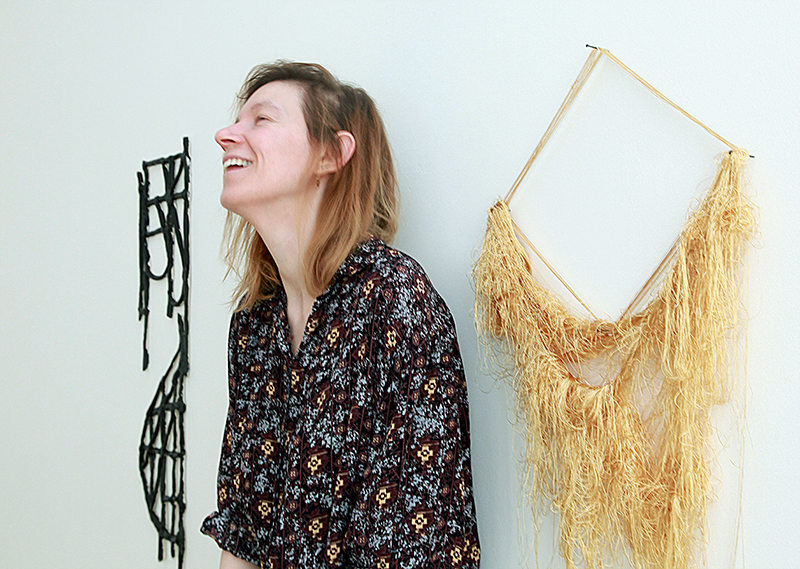wanderlust
Hanging Out At Künstlerhaus Bethanien!

As we welcome Künstlerhaus Bethanien into The Swarm; the myths surrounding it are many. Is it full of locked-away artists who make obscure things sold for millions? A left wing squatters block? Perhaps a monstrous commercial enterprise? The myths are all false! In the end, fact was better than fiction: it is a place for inspiring artists to change the world.
A Very Big Family
Founded in 1975, Künstlerhaus Bethanien takes its name from the former hospital building in which it was once housed. Yet recently in 2010, due to misinformed squatters and government intervention, the family at Bethanien we're forced to pack up and move to their current location in a 'Lichtfabrik,' a former light factory.
Long standing artistic director Christoph Tannert, a man full of knowledge and charm, describes the goal: "Bethanien's core aim never varies. The artists here work with ideas; they change the world in terms like Joseph Beuys – they shoot, but not with guns." The seven member administrative team at Bethanien are proud parents of their twenty five artistic children in residency. And, as you could imagine, they are busy. Organizing exhibitions, coaching and scheduling visits from honorary artists are all part of the professional networking program here. As Christina Sickert, manager of Press and PR, tells me, "It’s our job to make sure the artists have what they need – you have to be creative to find a way!"
Künstlers In The Haus
Artist Kevin Schmidt, a Canadian native, received the sought-after prize from the Canadian Council of Arts before coming here. He admits now that the pressure is off but the stress is still there.
Schmidt admits it would have been even more stressful had it not been for intern Tanja Sokolnykova (also our tour guide) who's been so helpful. Sadly, Schmidt's stay is soon coming to a end, along with fellow resident Aiko Tezuka. On the day of our visit, Tezuka – whom we've had the pleasure encountering in the past – was actually on her way out, packing and getting ready for her next adventure. Schmidt describes her as the heart of their community: "She became like our mother hen and she is an excellent Japanese cook!"
And whilst Tezuka is in the midst of moving out (best of luck Aiko!), there are a few new faces moving in. Only two weeks in, Slovakian/Dutch artist Lucia Luptáková is one that admits she is relaxed here. Her current project is in relation to her life as a child in Slovakia, surrounding herself with old family photos and even the wallpaper from her room as a child.
“It’s so interesting to see how other people work, to see presentations and hear the stories; there's a sense of family." This is what inspires Luptáková. Thankful for having received a residency, Luptáková did wish it was longer like her upstairs Cypriot neighbor's, Panayiotis Michael. Living in a minimalistic sense, Michael has much to say about his fellow artists after opening his studio for a night of presentation and discussion: "These are intelligent, talented people who I admire. I'm inspired by them."
Said night allowed Michael to discuss his ideas and receive comments on his work. This is input he wouldn't normally have, making him reconsider the view, scale and direction of his art, which is also fueled by the energy and history of Berlin as it has a similar history to Michael's home Nicosia – the last divided city of the world.
Bills, Bill, Bills
Besides managing twenty-five studios, Bethanien still finds time to publish books – over three hundred now as well as releasing their own magazine titled "Be." So how does Küstlerhause Bethanien pay to keep the lights on? Tannert informs us “We are non-profit, receiving funding from Land Berlin and international partners; who as well provide living grants for the artists. Of course donations from the public also contribute greatly." To Tannert, Sickert and the rest of the team at Bethanien, going to work is more than just a job: "It’s our labor and time we invest in their utopian ideas; to bring them to life and to influence and show people the amazing possibility of ideas."
Article byTristan Boisvert
Be the first to write a comment.
Your feedback






